Most people assume that determining a car’s body style is pretty self-explanatory, a two door’s a coupe, a four door’s a sedan, and if it has no roof it’s a convertible. Simple, right?
It’s anything but simple when it comes to vehicles from this era, and even worse when you begin to explore different manufacturer’s models and terminology.
During this automotive era, the terminology different car manufacturers used was more like suggestions. For the purposes of this article, we will be focusing on Chevrolet terminology from the 1960s and 1970s so that you can easily identify which body style your classic ride falls under.
Sedan & Sport Sedan
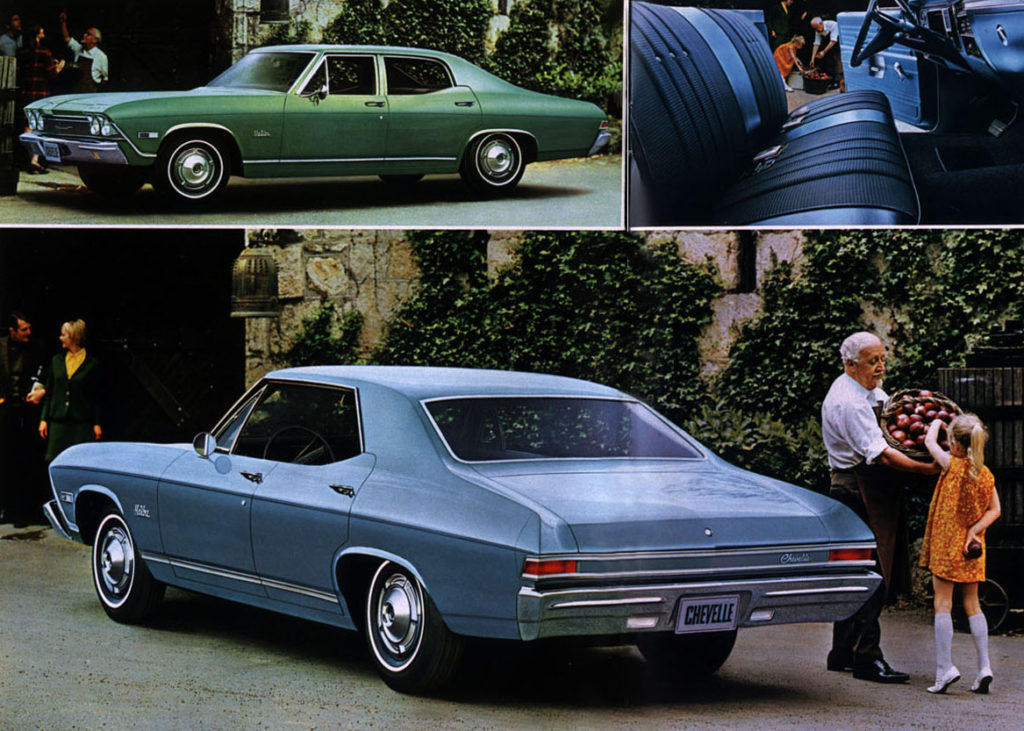
A sedan can be either two or four doors. The main determining factor is that the car has a “post”, otherwise known as a b-pillar. This is located between the rear of the front door and quarter glass on a two door car, or between the rear of the front door and the front of the rear door on a four door vehicle. The b-pillar is part of the main body of the car and is structurally integral.
A sedan will also typically have a slightly taller roofline and a shallower angle on the windshield and rear glass respectively. The door glass is usually encompassed with a window frame that the glass will seal into when the door is shut.
Sport Sedan
To compound matters, a sport sedan refers to a pillarless 4-door hardtop. More information is covered under the Hardtop section.
Convertible
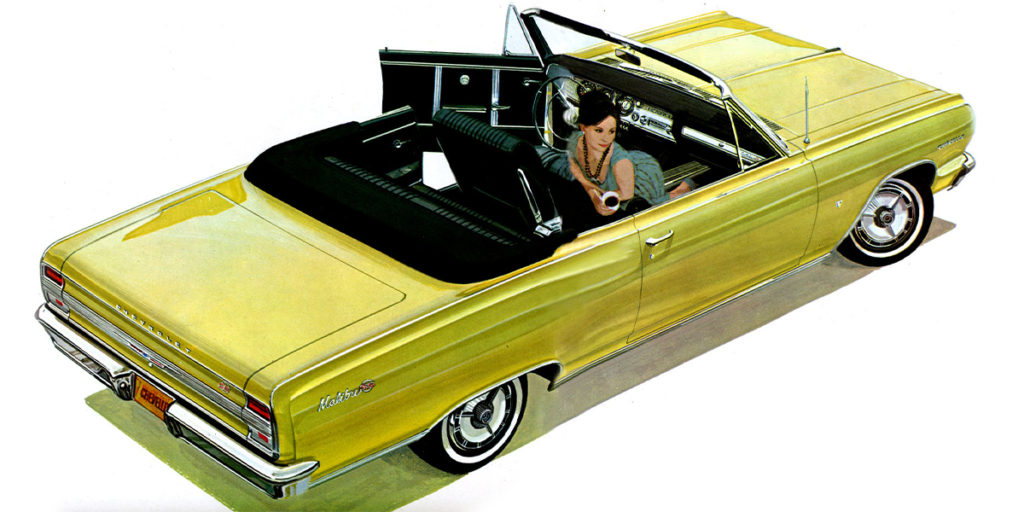
This is our freebie. A convertible can be easily identified by the fact that the roof retracts into the trunk area. This leaves the passenger “cabin” open to the environment. Convertibles are typically two door cars and they do not have a “post” or b-pillar. Convertibles have a reinforced chassis through additional bracing on the floor pan.
Hardtop
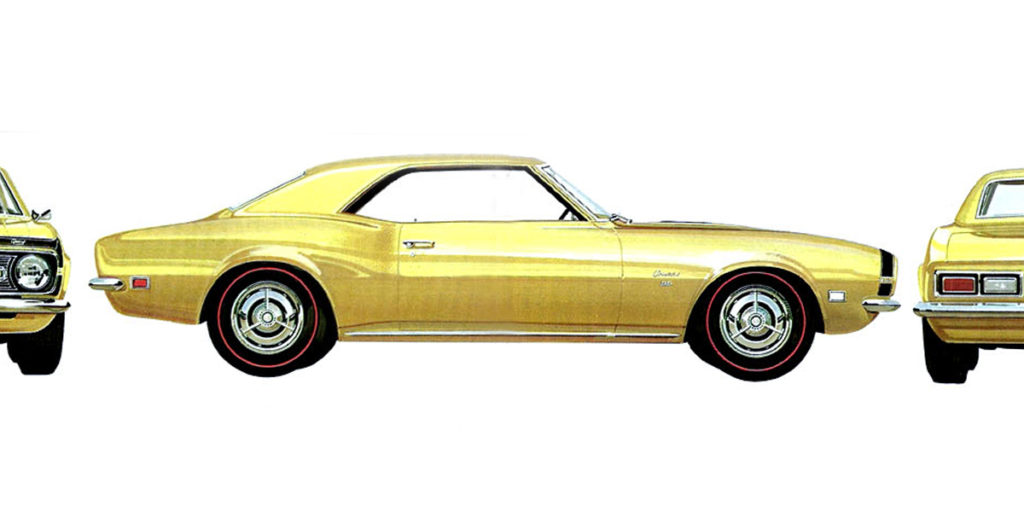
The term originated as “hardtop convertible” but evolved into simply hardtop over time. A hardtop was meant to replicate the open air feeling of a convertible when all the windows are rolled down, with the notable difference of retaining a solid roof instead of a retractable one. Hardtop models do not have a post / b-pillar.
The roofline on a hardtop is also usually “sportier” looking when compared to a post sedan roofline on the same car, which will also affect the shape of the glass. The door glass will seal to the body of the vehicle since the doors will not have window frames like a post car does.
Two door hardtops are generally referred to as hardtop coupes, or simply as Sport Coupes as seen with the Camaro and Chevelle. A four door hardtop is referred to as a Sport Sedan.
Due to the lack of pillar structure, reinforcement is necessary to give the chassis the rigidity it needs to be safe. Depending on the year and model vehicle, this could either be through the use of a reinforcing bow structure in the roof or through reinforcement bracing on the floor pan, similar to a convertible. A pillared sedan will always have a sturdier structure than a hardtop coupe, however.
Coupe
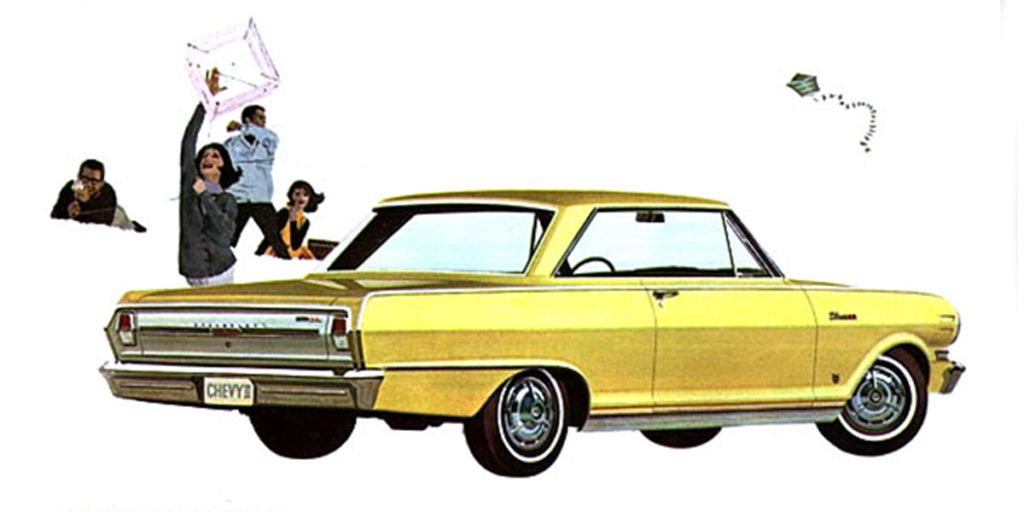
Unlike the commonly accepted usage today, a coupe was the term applied mainly to pillarless two door hardtop vehicles in this era. While this is no longer the case in more modern times with higher safety standards, a coupe during Chevrolet’s muscle car era will lack a post/pillar.
The 1968 and up Chevy II / Nova Coupe seems to be the main exception to this rule in Chevy’s lineup, as this generation of Nova was only offered with a post/pillar & window frames on the doors and was referred to as a coupe rather than a 2-door sedan.
Wagon
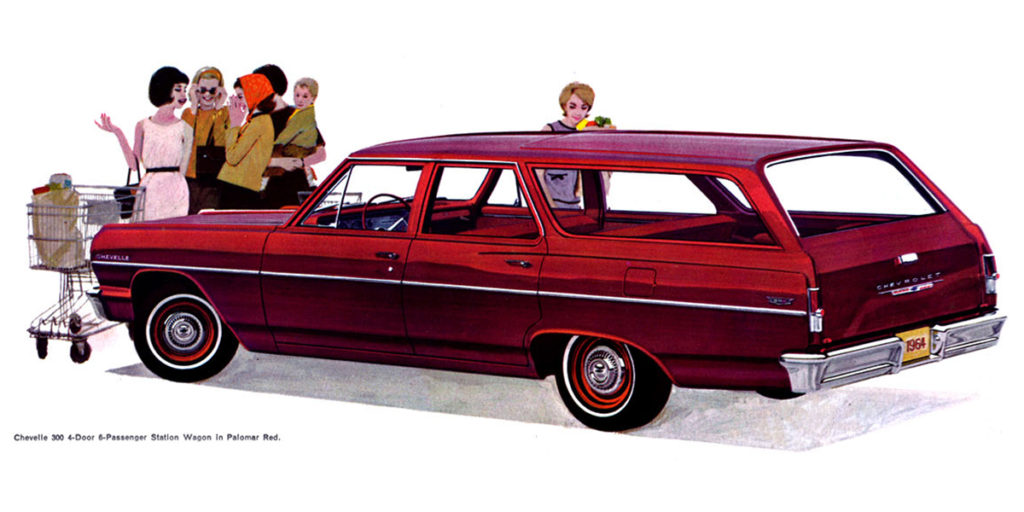
A wagon is generally based on the body of a four door post sedan. The rear of the vehicle is lengthened to provide extra cargo and seating capacity and is open to the passenger cabin. Wagons will have a truck-like tailgate section out back along with flat glass to conform to the shape of the rear.
Hatchback
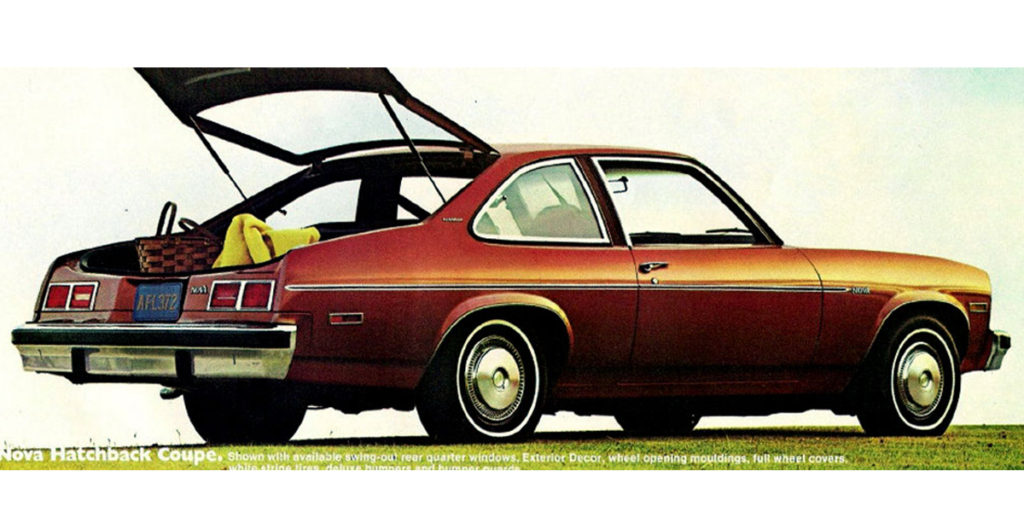
Differing from the wagon, a hatchback is usually based around a two door sedan body. As can be seen on the 1973 & up Nova, the rear quarter panels and trunk area are altered to accommodate the larger hatchback panel which is positioned on a slope. The rear seat can be folded down to dramatically increase the available cargo area, while still appearing sportier than a traditional wagon.
The third generation F-Body (1982-92 Camaro & Firebird) is also classified as a hatchback model.
Conclusion
That should cover the most commonly disputed body style questions that come up regarding these classic Chevrolet muscle cars. This breakdown should hopefully help clarify the confusing details behind the language in use during this era of automotive history. Then again, today’s automotive landscape can be just as confusing to understand as the terminology of the past.




